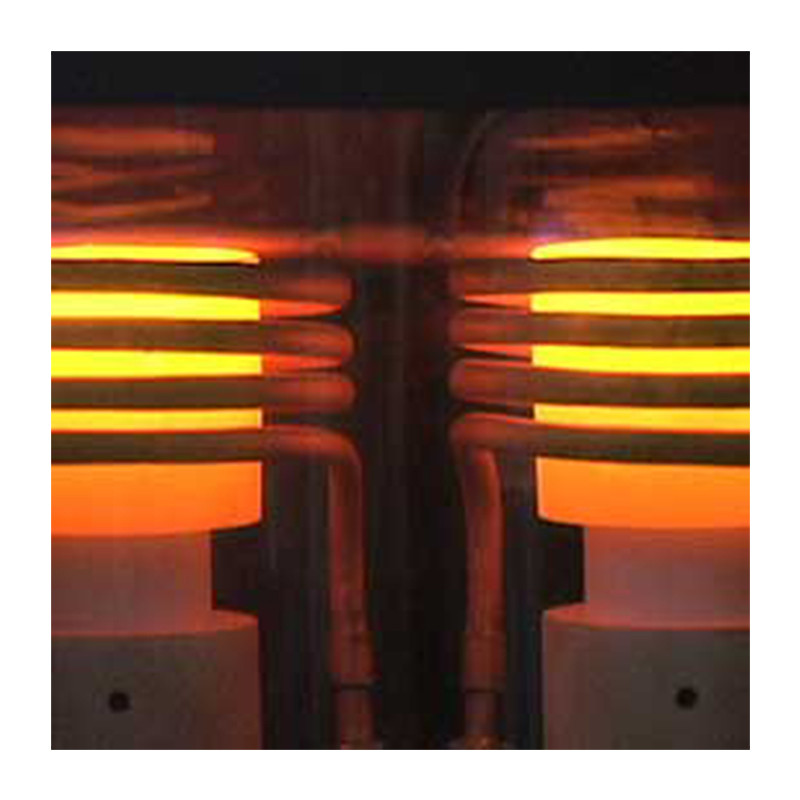

Ви повинні увійти в систему
Category


Фотографії призначені тільки для інформаційних цілей. Подивитися специфікацію продукту
please use latin characters
Brazing in a controlled vacuum or in an inert protective atmosphere can significantly improve overall part quality and eliminate costly part cleaning procedures.
Flame heating in a normal oxygen atmosphere can cause oxidation, scaling and carbon buildup on the parts. To clean the parts, applications of joint weakening flux or expensive acid cleaning baths are often required.
The nature of the parts and brazing material dictates whether an inert gas such as argon or a true atmospheric vacuum should be used. Atmospheric brazing is often used with nickel, titanium, superalloys, stainless steel and refractories.
A protective atmosphere heating system with an induction heating RF power supply is ideal for atmospheric brazing. Batch vacuum furnaces can also be used, but they have significant limitations because of their large size, poor efficiency and lack of quality control.
Typical RF power supplies for atmospheric brazing range from 1 to 20kW, depending on the parts and application requirements.
Ви зацікавлені у цьому продукті? Вам потрібна додаткова інформація або індивідуальні розцінки?
Ви повинні увійти в систему
Brazing in a controlled vacuum or in an inert protective atmosphere can significantly improve overall part quality and eliminate costly part cleaning procedures.
Flame heating in a normal oxygen atmosphere can cause oxidation, scaling and carbon buildup on the parts. To clean the parts, applications of joint weakening flux or expensive acid cleaning baths are often required.
The nature of the parts and brazing material dictates whether an inert gas such as argon or a true atmospheric vacuum should be used. Atmospheric brazing is often used with nickel, titanium, superalloys, stainless steel and refractories.
A protective atmosphere heating system with an induction heating RF power supply is ideal for atmospheric brazing. Batch vacuum furnaces can also be used, but they have significant limitations because of their large size, poor efficiency and lack of quality control.
Typical RF power supplies for atmospheric brazing range from 1 to 20kW, depending on the parts and application requirements.
Вашу оцінку відгуку не було надіслано
Поскаржитись на відгук
Скаргу надіслано
Ваш відгук не надіслано
Написати свій відгук
Відгук надіслано
Ваш відгук не надіслано
